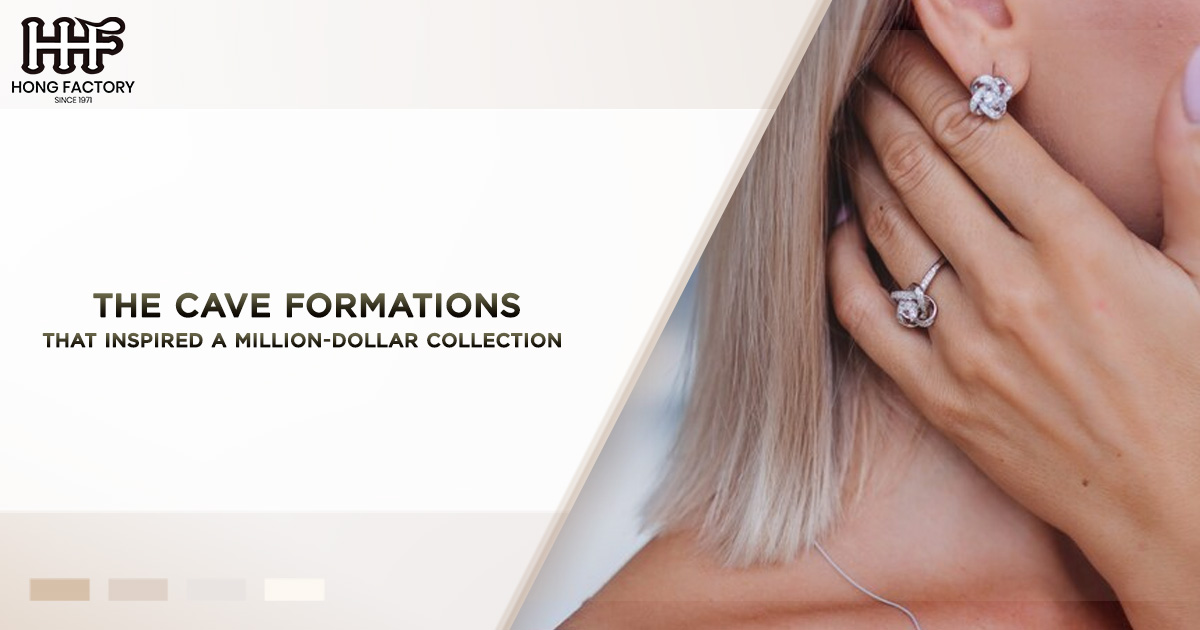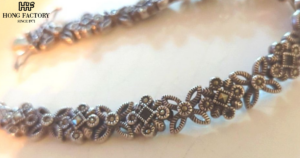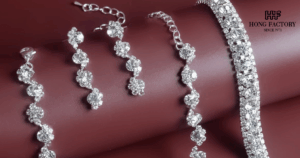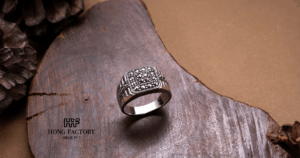Nature has always been a source of inspiration for art, design, and innovation. Among the countless wonders of the natural world, caves stand out as magnificent treasure troves of beauty and mystery. These underground marvels hold intricate geological formations, shaped over millennia, that have inspired creative minds across the globe. With their breathtaking formations and unique mineral patterns, caves have left a profound impact on various industries, including jewelry design. In this article, we explore how cave inspiration, mineral formation, crystal growth, and natural sculpture have influenced a million-dollar jewelry collection, showcasing the seamless blend of nature and craftsmanship.
A Glimpse Into the Mystique of Caves
Caves are more than hollow spaces within the Earth. They are like natural art galleries, displaying intricate formations—stalactites, stalagmites, flowstones, and crystals—that tell stories of time, geology, and climate. These formations occur through processes such as mineral formation and crystal growth , which result in dazzling structures that boast unique colors, shapes, and textures.
For centuries, the allure of caves has captivated artists, jewelers, and designers alike. Their immersive beauty fosters a sense of wonder that drives creativity. The patterns, shapes, and hues found within these natural sculpture serve as direct inspiration for jewelry collections that aim to replicate the organic elegance of the underground world.
Cave Formations – Nature’s Masterpieces
Cave formations, also known as speleothems, are created through slow geological processes. The most iconic cave formations include
- Stalactites and Stalagmites – These are perhaps the most famous cave formations. Stalactites hang from the ceiling like delicate icicles, while stalagmites grow from the ground, resembling majestic pillars. Both are formed from mineral-rich water that deposits calcite over thousands of years.
- Flowstones – These are layered formations created when water flows over walls or floors, leaving behind sheets of minerals. Their smooth, rippling appearance makes them a popular design element in jewelry.
- Crystal Clusters – Many caves host stunning crystal growth, often in the form of quartz, calcite, or gypsum. These crystals sparkle with natural brilliance and become focal points of aesthetic value.
- Helictites – These whimsical formations twist and turn unpredictably, defying gravity in mesmerizing patterns.
The complexity and organic diversity of these formations make them perfect muses for jewelry designers seeking to capture the essence of nature’s beauty in wearable art.
How Cave Formations Influence Jewelry Design
Jewelry is an age-old form of self-expression, and designers have long turned to nature for inspiration. Cave formations, in particular, bring a raw, unfiltered elegance to the table. Here’s how
- Texture and Form – Emulating Natural Sculptures
Designers draw from the textures and forms found in caves, replicating their rugged beauty in precious metals and gemstones. For example, stalactites inspire cascading designs in earrings and necklaces, while stalagmites influence bold, pillar-like rings. The asymmetry of natural sculpture translates into organic, free-form jewelry pieces that feel earthy yet luxurious.
- Crystal Growth – A Sparkling Influence
Crystals formed in caves exhibit remarkable clarity, sparkle, and geometry. Jewelry makers mimic these patterns by using raw gemstones, uncut crystals, or faceted stones that mirror the natural brilliance of cave crystals. Quartz, amethyst, and tourmaline are popular choices for capturing the magic of crystal growth .
- Colors and Patterns – The Palette of Nature
The hues found within caves—subtle whites, earthy browns, vibrant greens, and shimmering metallics—are often replicated in jewelry designs. Designers integrate gemstones like emeralds, topaz, and opals, which echo the colors of mineral deposits and flowstones.
- Mineral Formation – Layered Elegance
The layered build-up of minerals in caves, visible in formations like flowstones or helictites, inspires layered jewelry designs and intricate metalwork. Layering techniques are used to create dynamic depth, with repeated patterns imitating the gradual deposition of minerals over time.
- Symbolism and Storytelling
Cave-inspired jewelry often carries symbolic meaning. Caves have been associated with mystery, protection, and transformation. Jewelry designers tap into these themes, creating pieces that resonate emotionally with wearers.
Case Study – A Million-Dollar Jewelry Collection
One stunning example of translating cave inspiration into high-end jewelry is a recent collection by a renowned designer who explored the grandeur of underground landscapes. Dubbed the “Subterranean Elegance” collection, it features necklaces, bracelets, and earrings crafted with a meticulous eye for detail.
The collection’s highlight—a million-dollar necklace—features cascading rows of sparkling uncut diamonds and quartz crystals, mirroring the shape of stalactites. Hand-forged platinum strands mimic the flowing beauty of flowstones, while green emerald accents represent the vibrant mineral hues of cave walls. This intricate masterpiece not only celebrates the natural beauty of mineral formations but also elevates them into wearable art that redefines luxury.
The designer shared that her creative process involved visiting famous caves, including the Son Doong Cave in Vietnam and the Waitomo Glowworm Caves in New Zealand. She studied their formations and textures up close, sketching designs that captured their essence. Her unique approach demonstrates how immersing oneself in the natural world can yield breathtaking results.
The Raw Gemstone Trend – A Nod to Caves
One of the most significant trends in contemporary jewelry design is the use of raw gemstones—a movement directly influenced by the aesthetic of caves. Unlike polished stones, raw gemstones retain their natural edges, textures, and imperfections, resembling the crystals found in caves. This trend aligns with modern consumers’ desire for sustainable, authentic, and meaningful jewelry. By using ethically sourced raw materials, designers also highlight the natural origins of their creations, further connecting wearers to the Earth.
The Future of Cave-Inspired Jewelry
As awareness of environmental conservation grows, designers are increasingly mindful of their impact on nature. Modern cave-inspired jewelry collections often emphasize sustainability by using recycled metals, lab-grown gemstones, and eco-friendly practices. This ensures the preservation of the very landscapes that spark so much creativity.
Moreover, advancements in 3D printing and technology are opening new avenues for replicating cave formations with unparalleled precision. By scanning actual cave surfaces, designers can recreate intricate textures and patterns in their jewelry, resulting in pieces that are both innovative and deeply connected to nature.
Conclusion
The beauty of caves lies in their ability to remind us of the raw, unspoiled magnificence of the natural world. By drawing inspiration from cave formations, mineral formation, crystal growth, and natural sculpture , jewelry designers have created timeless pieces that celebrate this underground wonder. From the delicate elegance of stalactites to the sparkling allure of cave crystals, these geological marvels have found their place in high fashion, transforming ancient artistry into modern luxury.
As we adorn ourselves with these stunning cave-inspired treasures, we carry a piece of nature with us—proof that art and nature are forever intertwined. The million-dollar collections born from cave inspiration not only reflect human ingenuity but also serve as a tribute to the planet’s breathtaking beauty, reminding us to observe, protect, and cherish the world around us.




